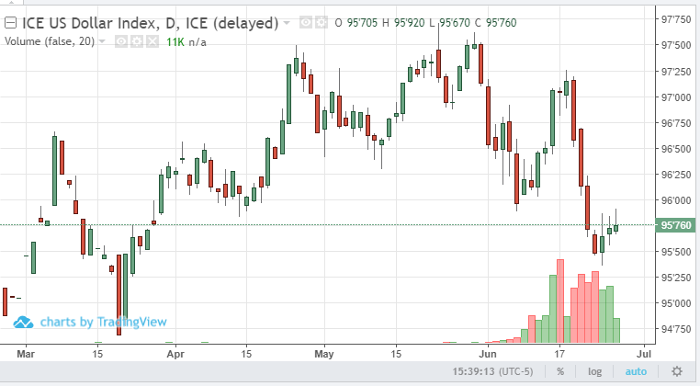
Currencies have been one of the more volatile sectors over the last couple of weeks as the Fed and the ECB both rolled out rhetoric regarding cutting interest rates in the back half of this year. Central bank rate cuts are bearish for their domestic currency, which is why we have seen such a large downturn in the dollar. The Fed has not yet acted on rate cuts, but have simply provided the dialogue, so there is reason to believe more downside is ahead in the dollar. After such a heavy collapse last week, it would not be unusual to see an upside retracement in the dollar, but any bounce is not suspected to last long. The greenback’s interest as a safe-haven asset seems to have been reallocated to the Swiss franc, the Japanese yen, and the metals markets. Scheduled data this week continued to show signs of depressed growth, with an uptick in jobless claims, a sizeable miss in durable goods orders, and a draw in crude inventories. Q2 GDP growth came out at 3.1%, in line with expectations; however, stagnant inflation provides a boost to GDP figures because the deflator remains low. In short, slowing growth will add to downside action in the dollar. Going forward, I like the Australian dollar, as their economy is currently one of few developed economies still showing signs of accelerating growth. The Swiss franc is attractive on a pullback because of its safe-haven qualities. The euro stands to benefit as the dollar pulls back, but likely has less upside potential because of increasingly slow growth in Europe, particularly Germany.
U.S. Dollar Index Sep ’19 Daily Chart



